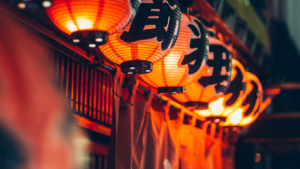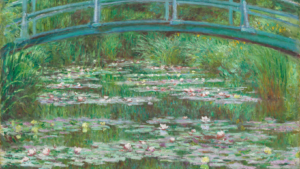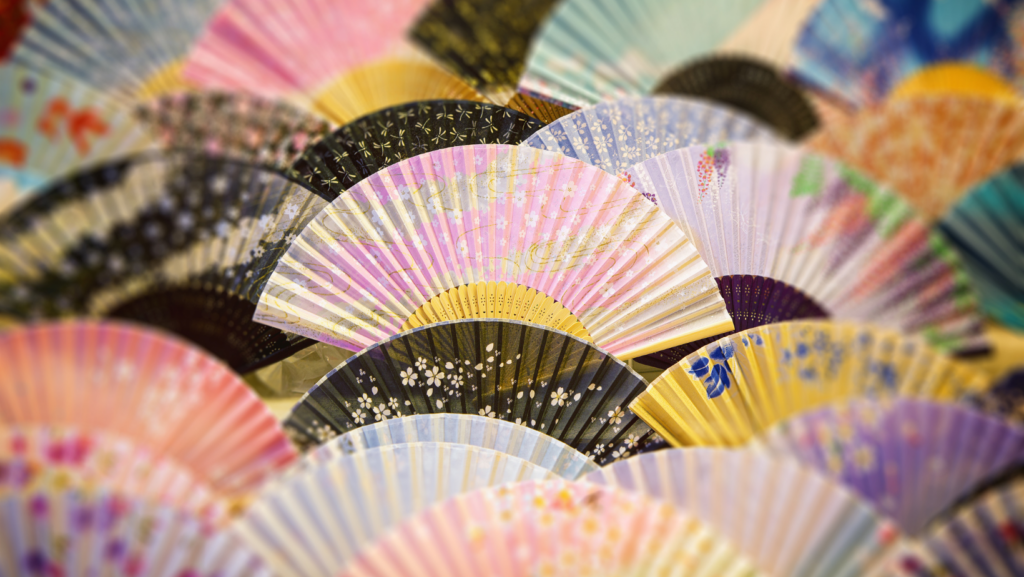Japanese art, with its rich tapestry of history and emotion, often serves as a mirror reflecting the complex duality of anxiety and hope. From the serene landscapes of traditional ink paintings to the vibrant chaos of contemporary works, Japanese artists have long explored these contrasting themes. Their art captures not only the transient beauty of life but also the underlying tensions and aspirations that define the human experience.
In the face of natural disasters, societal changes, and personal struggles, Japanese artists have found ways to channel their anxieties into creative expressions that resonate globally. Yet, amid these expressions of unease, there’s an enduring thread of hope—an optimism that emerges through resilience and renewal. This balance between anxiety and hope offers a profound insight into the cultural psyche, inviting viewers to reflect on their own emotions and the world around them. Through art, Japan continues to inspire and challenge, offering both solace and a call to introspection.
Anxiety and Hope in Japanese Art

Anxiety and hope in Japanese art offers a window into the country’s complex cultural psyche. It reflects a seamless blend of historical traditions and modern influences, illustrating both anxiety and hope.
Cultural Context and Influence
Anxiety and hope in Japanese art roots itself deeply in spiritual and philosophical concepts like Zen Buddhism and Shintoism. These influences manifest in serene landscapes and minimalist designs. Artistic expressions often depict nature, reinforcing the harmony between humans and their environment. The aesthetic principles of “wabi-sabi,” appreciating the beauty of imperfection and transience, further guide artists. These principles shape how emotions are portrayed, bringing a nuanced understanding of anxiety and hope across artworks.
Evolution Over Time
Anxiety and hope in Japanese art has evolved significantly across centuries. The transition from Edo period woodblock prints to modern digital media illustrates a shift in techniques, while themes of nature, resilience, and change remain constant. The Meiji period introduced Western styles, which artists integrated with traditional methods, creating hybrid forms. Contemporary art often addresses global themes, reflecting societal anxieties such as technological advancements or environmental concerns. Despite these changes, an underlying hope persists, as artists continue to explore and reinterpret existential themes.
The Theme of Anxiety in Japanese Art
Japanese art frequently mirrors the anxiety felt by individuals and society. Natural disasters, social upheaval, and personal distress often inspire these artistic expressions.
Historical Perspectives

Historically, Japanese art reflects societal anxieties dating as far back as the Edo period. Woodblock prints, known as ukiyo-e, often depict fleeting moments and themes of impermanence, embodying “ukiyo,” which translates to “floating world.” During the Meiji era, industrialization and Western influence brought societal shifts, provoking a sense of unease, captured through dramatic changes in artistic styles. Calligraphy, deeply rooted in Zen Buddhism, also expresses tension through its dynamic brushstrokes, representing the inner turmoil of the artist.
Notable Works and Artists
Significant pieces highlight anxiety in Japanese art. Katsushika Hokusai’s “The Great Wave off Kanagawa” symbolizes the perpetual threat of natural disasters. The wave’s towering presence suggests a sense of impending doom, consistent with Japan’s history of tsunamis and earthquakes. More recently, the works of Yayoi Kusama reveal her personal struggles with mental health, using repetitive patterns and polka dots to evoke feelings of obsession and distress. Another contemporary artist, Takashi Murakami, merges traditional themes with modern anxieties, using his distinctive superflat style to comment on consumerism and cultural identity crises. These works and artists underscore the persistent theme of anxiety, shaping Japanese art’s narrative.
The Theme of Hope in Japanese Art

Hope frequently emerges as a subtle yet powerful theme in Japanese art, providing a counterbalance to anxiety. Artists, through varied mediums, capture optimism by incorporating both traditional and modern influences.
Symbolism and Expression
Images of cherry blossoms, representing renewal and the transient beauty of life, inspire feelings of optimism, and can be creatively enhanced using an image generator. The crane, symbolizing longevity and good fortune, frequently appears in artworks, embodying aspirations for a brighter future. Artists use these symbols to express resilience and continuity amidst changing times. Techniques such as gentle brushwork and the use of vibrant colors enhance these hopeful themes, encouraging introspection and perseverance.



